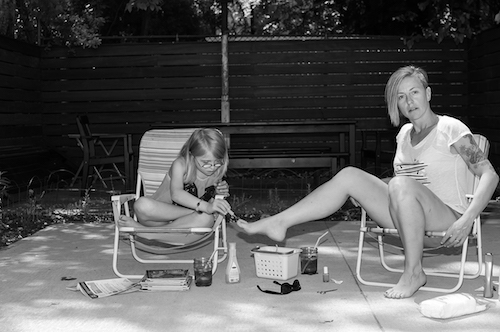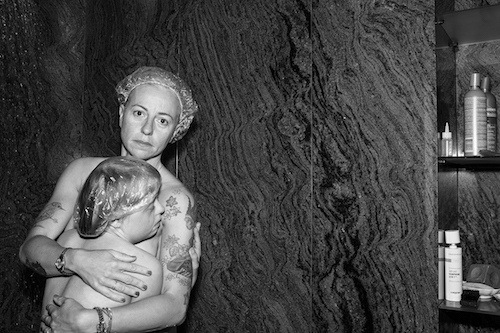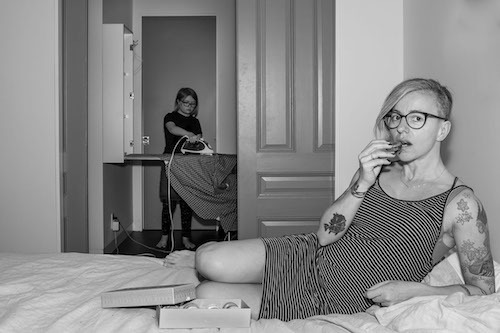Anna Grevenitis
Member Spotlight - October 2019
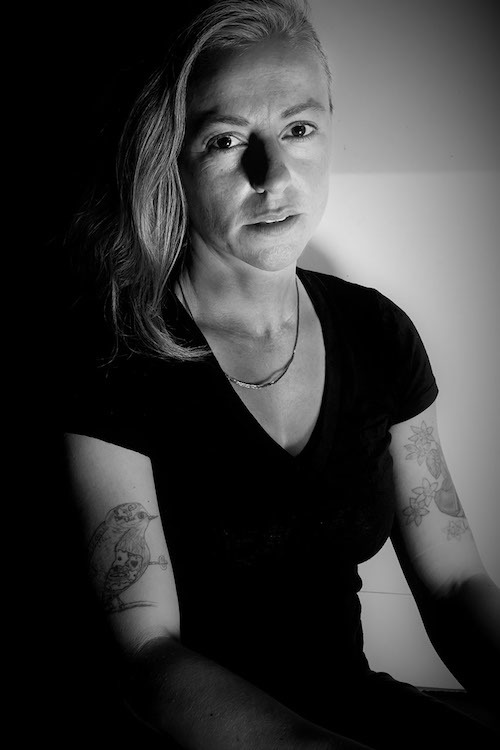
- Where did you grow up, and where do you live now? I was born in Colmar, France which is in the Alsace region of France. It was a pretty and quiet countryside area in the Rhine Valley in the 70s, but as the years went by it became more and more suburban. I moved to Philadelphia in 1997 in order to pursue a master’s in English Literature and from there, I went to New York City in 1999. After a life-altering stint in the Catskills Mountains where I lived on top of a mountain in a small cottage and where I had my two children, my family and I moved back to Brooklyn where we have been living since 2006.
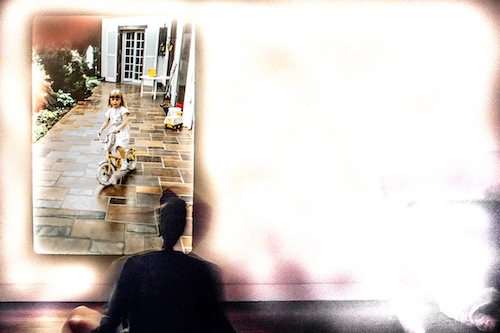
- Why did you join TPS, and how long have you been involved? As I have been growing in my practice, I have been interested in joining non-profit, artist-oriented photography communities. For instance, I have been with the SPE Northeast chapter for a few years now, I’ve found that and it really gives artists space for visibility that you would otherwise not reach. I came across TPS on line while browsing through lenscratch.com. It felt right to become a TPS member as TPS’s goal is individual artist’s exposure and support and matches what I have been looking for. I have been a member since 2019, and I have had a photograph selected for Texas Photographic Society's TPS 28: The International Competition. More recently, I was one of the TPS National Photography Award finalists.


- Why did you become a photographer, and where do you find inspiration or motivation for your work? My formative years were spent reading and analyzing and teaching literature, but this came to a halt once I became a mother of two, and our family and economic circumstances lead me toward the path of home maker. I embraced this new full-time role and the daily sedentary routine that came with it, and through the never-ending proximity with my children I started seeing things that I had lived before, I was seeing life through their eyes, through my eyes as the child I once was: I felt that there was something there I should document. I wanted to talk about concepts of time, memory, family relationships. I was no writer or painter, but I had been an amateur photographer in my youth, so I enrolled in a few photo classes to get me started with my newly acquired DSLR.
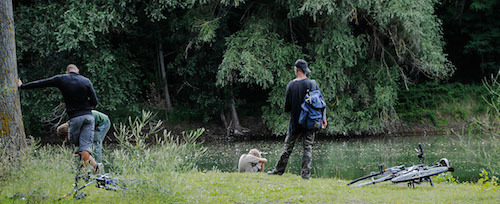

- How would you describe your photography and/or working process?
Over the years my photographic practice became very akin to image journaling, keeping a diary of our lives. My children, the people and places I encounter are my subjects. As they are growing I am photographing. Since June 23, 2013, the day I started Project 9 I have never missed a day. In Project 9, I am documenting the life of my daughter Luigia, one day at a time, for the entirety of a year from birthday #9 to birthday #10. When I started the project, I envisioned it as an attempt to transcend the two polar opposites in dialogue which people living with Down syndrome are usually tethered to: the angelic, saccharine, and unmolested soul and the burdensome, unwanted and ultimately pitiable victim. Quickly I realized that in the same way as the process of observation requires much careful attention, the constraint of the daily picture format makes its execution turbulent and challenging. Life was made up of situations, and I was going to have to let go and be flexible with my exigence as a photographer if I was to depict a truthful picture of Luigia.
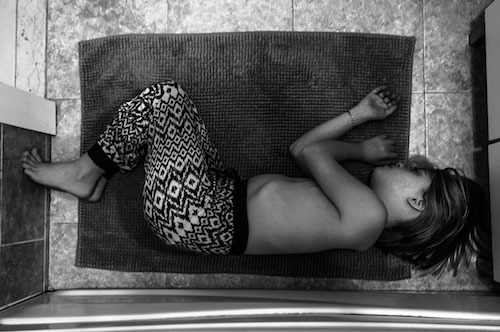
So I learned to sit back and observe. I learned to work in low light situations, I learned more about artificial lighting, and I learned to always have my camera ready. But most importantly, I learned to efface myself and let Luigia grow as a subject, I learned take a step back and to let her truth come out. The images in Project 9 are a mosaic of moments with my daughter as the glue, the thread, the central common element. After a year of work, I could not stop so Project 9 morphed into an on-going project. Luigia is now 15 and Project 9 is an on-going daily meditation on the mundane humanity of Luigia, a journey that is more commonplace than not, and whose intrinsic, un-communicated profundity, is a broader one than one might perceive.
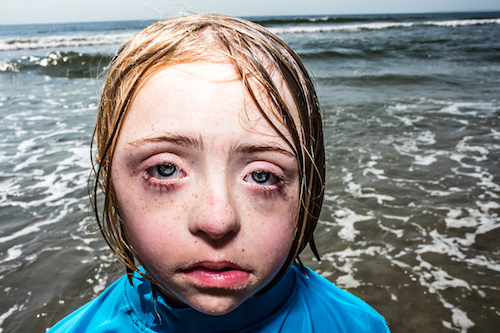
- Please tell us about your most recent photographic work. When my daughter was born, I was told that she had the “physical markers” for Down syndrome and a blood test confirmed the diagnosis a few days later. Today Luigia is a teenager, and these markers have grown with her: her disability remains visible to the outside world. As we try to go about our ordinary lives in our community, I often catch people staring at her, at us. Even though their gaze feels invasive, I perceive it as more questioning than judging. In Regard, I am answering their question offering a window into our reality. In each meticulously set up scene, the viewers are invited to look, but are also plunged into the outside perspective as I am staring back at them via my return gaze to the camera. Each every day tableau is purposefully developed in black and white, for by refusing the decorative and emotionally evocative element of color, I aim to maintain a distance between us and them. In Regard I strive to claim the normalcy of Luigia’s life, one image at a time.
